
Do Women Have an Inherent Physiological Advantage in Ultrarunning?
By Jason Koop,
Head Coach of CTS Ultrarunning
Over the weekend, elite ultrarunner Ruth Croft won the coveted Tarawera Ultramarathon in course record time and in the process, beat out the entire field of men and women. As is the case whenever a female ultrarunner bests the entirety of the field, the age-old debate has re-emerged over whether women can outperform men in ultrarunning. Already, articles across the globe have lauded the accomplishment and rehashed the arguments for and against women’s superiority in ultrarunning. For her case, Ruth has had a very balanced reaction to her overall win (see Instagram post here). Nonetheless, it won’t stop the peanut gallery from opining on the issue.
In the paragraphs that follow, I will give a brief background on how we got here, a short summary of the research pertaining to biological differences between men and women as it relates to ultramarathon performance, and finally, provide some color commentary. Before we get into that, some quick ground rules:
- Let’s get one thing straight from the start: Ruth is a phenomenal athlete. She has competed excellently at the highest level for many years and I have a tremendous amount of respect for all of her accomplishments. (note: I do not coach Ruth)
- I am going to present the history of this issue and science as we know it today. Any time sex differences are discussed, particularly in an athletic context, people get triggered. You are entitled to your own opinions. You are not entitled to your own facts. Don’t get mad at the research if you don’t agree. Trust me, science does not care about your feelings.
- If you want to @ me on any of the color commentary, that’s fair game. By all means, do so (twitter/Instagram @jasonkoop).
The origin of this arrow
In 1997, a South African group of sports scientists lead by Jenefer Bam hypothesized ‘At what distance could women outperform men?’. To set the stage on this for those of you who are newer to the sport, ultrarunning was very much in its infancy in the late 90’s. The iconic Hoka Metarocker would not show up on the scene until more a decade later (and there was zero chance you would find a carbon fiber plate in them). In ’97, Mike Morton set the then course record for the Western States 100 in 15:40, and the incomparable Ann Trason won her 9th consecutive coveted Cougar Award. My point is, 1997 was a long time ago, so I will spare you from the rest of the trip down memory lane.
The South African research team looked at a group of 28 female ultrarunners and matched them with a group of men with similar 56-kilometer race times. They then took the PRs of the matched groups from 5k to 90k and compared them to see who got faster and slower over those distances. It’s a little bit of convoluted compare and contrast, so let me explain with a personal example. Let’s say Sally and I have the same 56k PRs. Since we have the same PR at that distance, we are put into a comparative pair. Our 5k, 10K, half-marathon, marathon, and 90k PRs are subsequently compared. For the 5K, 10K, half-marathon and marathon I always beat Sally. However, at 90K Sally would beat me. This is a really simplified summary of what that initial research team found. When matched by their 56k times, men outperformed women from the 5k to the marathon and then women outperformed men at the 90k distance (see figure below).
While this original research was conceived to compare time-matched groups across different distances, over the subsequent years this argument has been repurposed and convoluted beyond of its original intent (i.e. the best women can outperform the best men), much to the delight and dismay of the ultrarunning community at large. Thus, the ‘women can outperform men in ultrarunning’ debate was born. Spectacular wins like Ms. Croft’s at Tarawera, Courtney Dauwalters’ demolition of the 2017 Moab 240 field, and Maggie Guterl’s 2019 win at Big’s Backyard Ultra, as well as my own comments fanned the flames even further.
Physiological advantages conferred or not?
Central to the women-outperforming-men argument is some physiologic hypothesizing on potential mechanisms that might confer an advantage to female runners. The original 1997 South African team pinned the physiologic rationales principally (but not exclusively) on women’s lower bodyweight and superior fatigue resistance compared to men. While these rationales might seem a bit trite, you can’t blame some oversimplification stemming from commentary on research performed over twenty years ago. Fortunately, since that time we’ve had the opportunity to observe and research in greater detail what meaningful advantages females may have over men that are salient for ultramarathon performance. What we know to date is summarized nicely in a new review article published in January 2021 by a star-studded cast of Nick Tiller, Kirsty Elliot-Sale, Beat Knechtle, Patrick Wilson, Justin Roberts and Guillaume Millet (note this paper covers a variety of ultra-endurance disciplines, not just ultrarunning).
Of considerable note from our current understanding is that women:
- Tend to have greater proportions of slow twitch muscle fibers, thus being more well suited to ultra-endurance activity
- Utilize more fat as a fuel relative to their bodyweight (see Figure 2 below)
- Exhibit less fatiguability through a variety of pathways (see Figure 3 below)
Enjoying This Article? Get More Free Running Training Tips
Get our coaches' best training advice, delivered straight to your inbox weekly.
Seems like a slam dunk, right? Women have the right composition of fiber types, better fuel utilization characteristics, as well superior resistance to fatigue, and therefore are perfectly positioned to overtake their male counterparts at longer distances. Not so fast. While women do have several characteristics that seemingly predispose them to better ultramarathon performances, men still have advantages across some major points of physiology that seemingly count more toward performance, namely greater maximum aerobic capacities and less prevalence of GI distress. But, it’s important to remember that races are not won or lost solely on the nuanced physiological differences between the sexes, and with rare exception men win the majority of ultramarathon competitions.
Performance differences
As much fun as some of these topics are to discuss, let’s not forget that there is an ultimate determinant of performance differences: competition results. All too often in the quandary of physiologic comparisons, whether they’re between the sexes, among dietary preferences, or even training interventions, we forget that performance matters the most. Debate all you want to about maximal fat oxidation rates or how phosphofructokinase is the rate limiting step in glycolysis; at the end of the day what matters the most in these analyses is who gets to the finish line first. Performance outcomes will always trump mechanistic speculation. In this regard, unquestionably the best men outperform the best women consistently across a wide range of ultramarathon disciplines and races. At the most competitive ultramarathons like the Western States 100 and UTMB, women rarely crack the top 10 and are consistently ~5-14% behind their male counterparts depending on the distance (Peter et al. 2014).
Now, one could counterargue that these performance discrepancies are a direct result of the very low rate of female participation in ultramarathon events (34.4% of starters in North America in 2019, and don’t even get me started on the international scene). And you wouldn’t be wrong. Time and increased female participation might ultimately narrow the performance gap between men and women. But the emerging ultramarathon performance data is roughly in line with a host of performance data across all running disciplines, which confirms that the best men outperform the best women on the order of 10-12% (see figure 4 below).
But in my opinion (here’s where you can @ me), as much as I admire performances like Ruth’s and those before her, the physiological underpinnings conferring a male advantage are just too strong for women to outperform men consistently at the highest levels.
So, here’s my thought for the future. While the comparisons between the ultimate performance capacities for men and women are fun to discuss and might yield some interesting takeaways in terms of research and training, let’s not forget the big picture. The athletes who create these performances are amazing. Let’s celebrate the athletes and their accomplishments first and foremost, rather than rush to extrapolate their performances to apply to all men and women.
References-
Chenevière X, Borrani F, Sangsue D, Gojanovic B, Malatesta D. Gender differences in whole-body fat oxidation kinetics during exercise. Appl Physiol Nutr Metab. 2011 Feb;36(1):88-95. doi: 10.1139/H10-086. PMID: 21326382.
Tiller NB, Elliott-Sale KJ, Knechtle B, Wilson PB, Roberts JD, Millet GY. Do Sex Differences in Physiology Confer a Female Advantage in Ultra-Endurance Sport? Sports Med. 2021 Jan 27. doi: 10.1007/s40279-020-01417-2. Epub ahead of print. PMID: 33502701.
Lombardo, Michael & Deaner, Robert. (2018). On The Evolution of The Sex Differences in Throwing: Throwing is a Male Adaptation in Humans. The Quarterly Review of Biology. 93. 91-119. 10.1086/698225.
https://calendar.ultrarunning.com/stats/ultrarunning-finishes

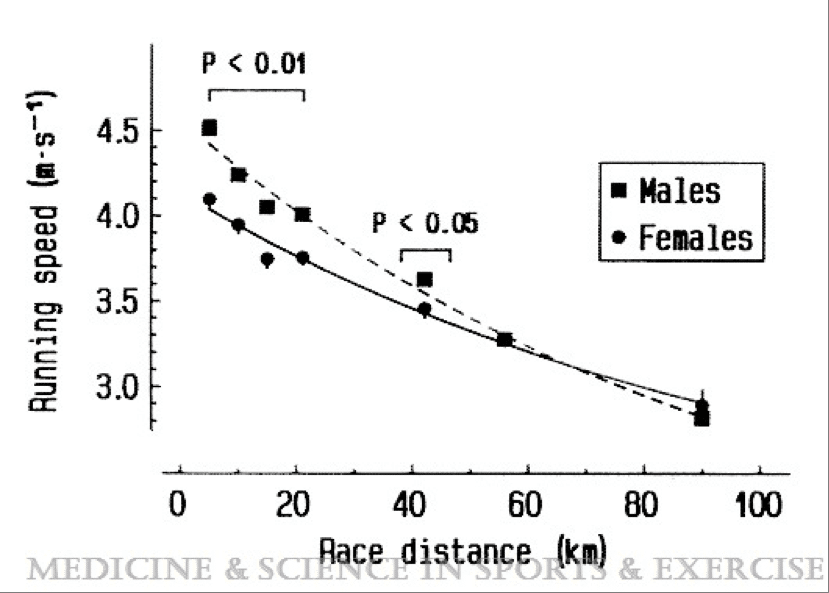
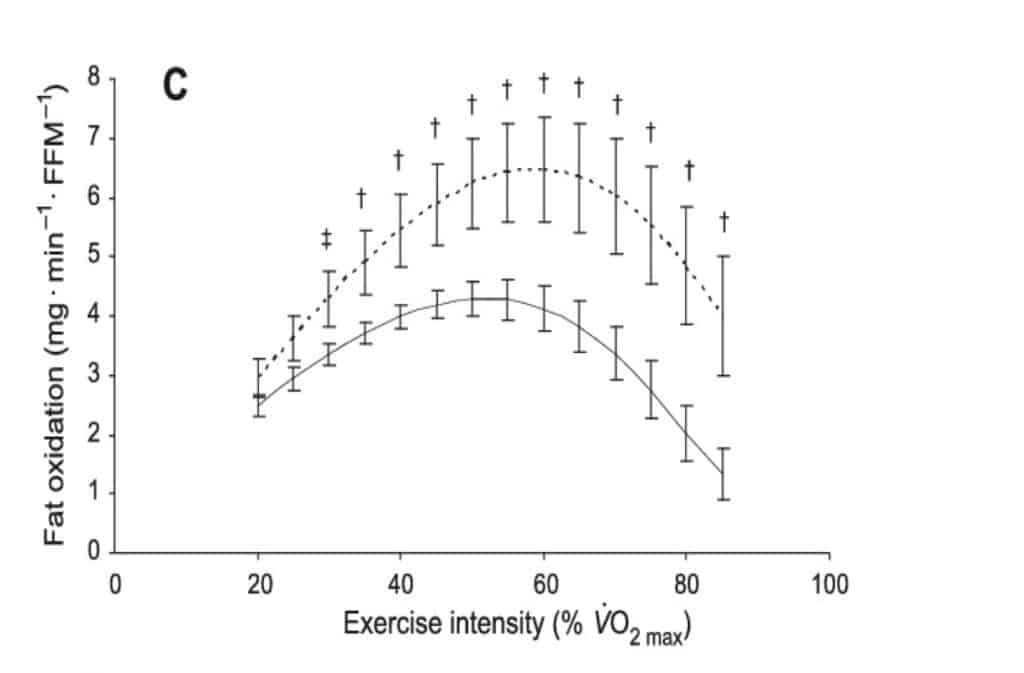
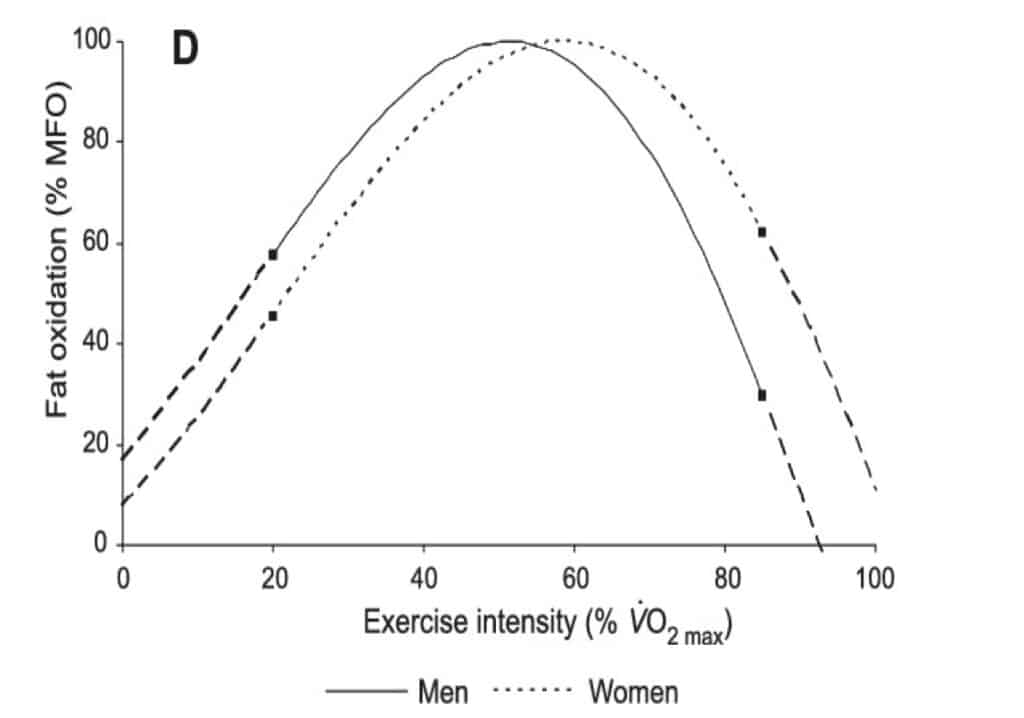
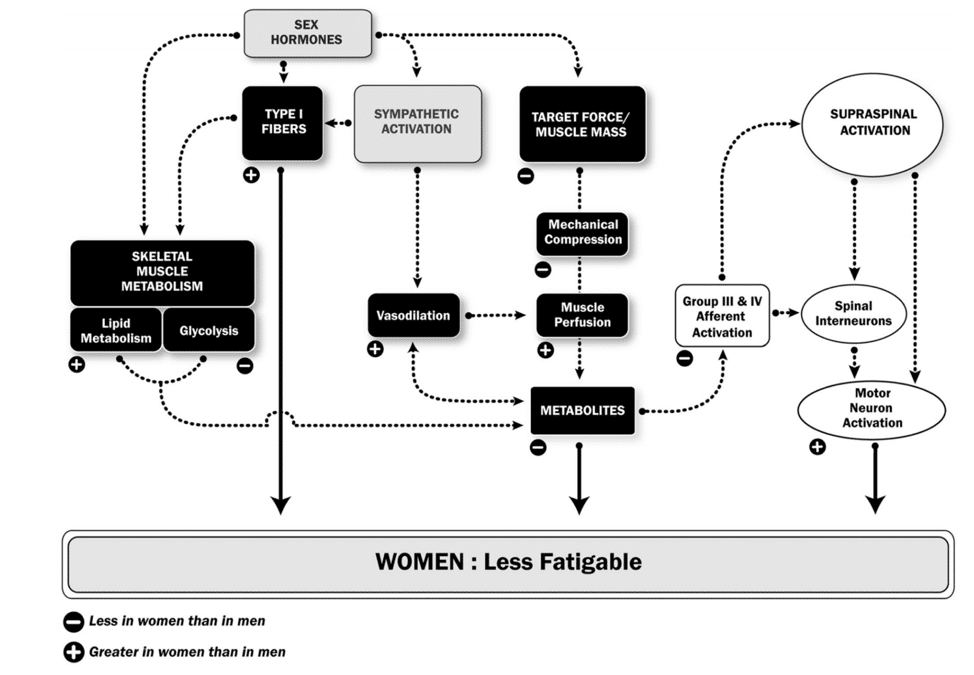
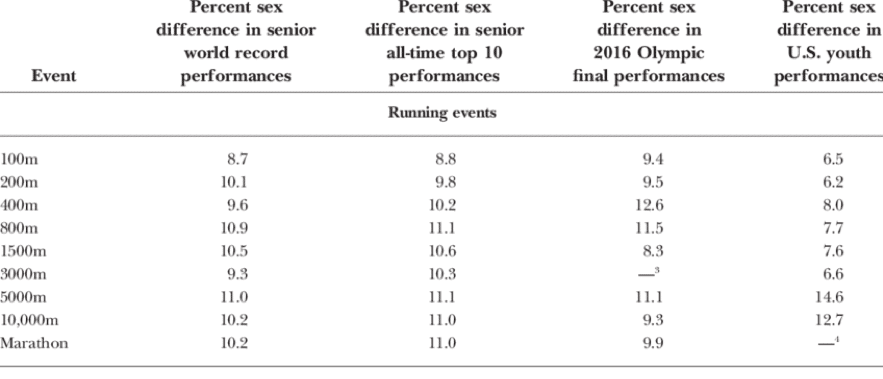
Comments 3
Pingback: Ultramarathon Daily News | Wed, Feb 17 - Yeovil Marathon
Pingback: Ultramarathon Daily News | Wed, Feb 17 | Ultrarunnerpodcast.com
Gentlemen, get used to be “chicked”! Love it. Great article as always Jason